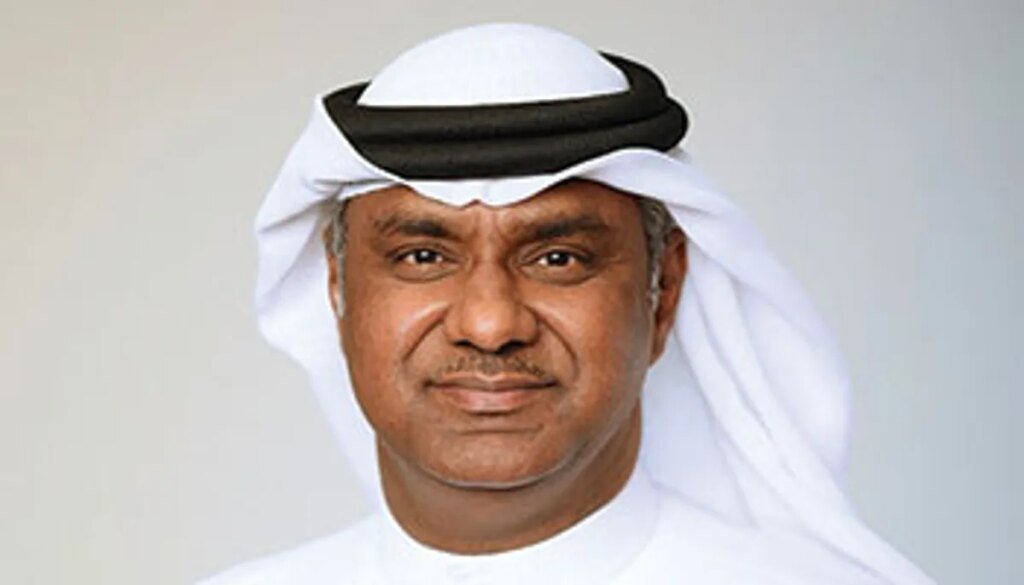Nabil Sultan, Emirates’ executive vice president of passenger sales and country management, recently shared insights during the U.S. Open, highlighting the airline’s significant fleet retrofit initiative and emerging trends in American travel. Emirates has proudly sponsored the event for 14 years.
Nabil Sultan
Emirates’ Ambitious Fleet Retrofit Program
In 2022, Emirates launched a substantial $2 billion fleet retrofit program that has since doubled in scope. Sultan emphasized the airline’s commitment to upgrading its entire fleet of over 220 widebody aircraft, with an investment of nearly $5 billion. The goal of this extensive project is to rejuvenate older models, making them appear brand new, thereby enhancing the brand’s image.
Current Progress on Retrofit
As of the end of this year, Emirates anticipates completing approximately 40% of the retrofit process with expectations to finalize the remaining installations next year. Notably, 10 out of the 12 U.S. destinations serviced by Emirates now feature retrofitted aircraft, including the exciting introduction of Premium Economy cabins. These upgraded cabins boast a 40-inch pitch and enhanced entertainment offerings, rivaling business class options on other airlines. The airline has reported a robust 78% seat factor in Premium Economy, reflecting genuine consumer demand.
Innovations in Business Class
Emirates has also revamped its business class configuration, shifting from a traditional 2-3-2 layout to a more spacious 1-2-1 arrangement. This design change not only reduces the number of seats but also greatly enhances passenger comfort and overall experience.
Strengthening Partnerships
Discussing the partnership with United Airlines, Sultan noted that the collaboration has strengthened, focusing on a seamless codeshare system. This partnership allows Emirates to efficiently serve passengers traveling domestically within the U.S. and to further destinations across Latin America. The synergy between the two airlines provides significant benefits and enhances travel options through different hubs in both the U.S. and Dubai.
Trends in U.S. Travel Demand
The demand for air travel in the U.S. remains robust post-COVID, with Emirates experiencing heightened interest. Sultan pointed out that constrained capacity across the industry, primarily due to ongoing delays in Boeing aircraft deliveries, continues to play a role in the landscape. New York, in particular, stands out as a key market, with Emirates operating the highest volume of flights into both JFK and Newark, demonstrating strong demand.
Navigating Travel Challenges
However, Sultan acknowledged some challenges, particularly in the U.S.-India travel sector, where visa restrictions for students and uncertainty surrounding high-tech worker policies have impacted passenger flow. Approximately 350,000 students travel annually between the U.S. and India, and any deceleration in this market can have significant effects. Nonetheless, demand from other regions, like the Middle East and South Africa, remains strong, with emerging markets helping to balance the travel dynamics.



